
Tuberculosis is an infectious disease that predominantly affects the lungs. The infection is spread via tiny droplets released while coughing and sneezing. Tuberculosis is caused by Mycobacterium tuberculosis (the bacterium). Even though this infection can affect each and every person it is, nowadays, frequent among people suffering from HIV and immunocompromised patients.
Clinical Characteristics of Tuberculosis
There are two forms of tuberculosis, latent tuberculosis and active tuberculosis. In case of latent tuberculosis the bacterium is inside the body but the immune system does not allow it to multiply. Therefore, there are no clinical symptoms and signs of the infection. On the other hand, active tuberculosis, as the name suggests, is an infection that can be easily spread from the infected person and there are certain symptoms and signs of the disease.
The most common symptoms and sign of active form of tuberculosis include loss of appetite, unexplained weight loss, fatigue, cough, fever and chills and night sweats.
Since in majority of cases tuberculosis primarily affects the lungs patients who have developed active form of the infection generally develop cough that lasts three or more weeks, they may cough up blood and complain about chest pain. In neglected cases the infection may spread to other organs such as kidneys, brain, bones etc. and this eventually results in additional symptoms and signs.
Therapy for Tuberculosis
Because many strains of Mycobacterium tuberculosis are resistant to common medications used in treatment of tuberculosis, it is essential to combine these drugs in order to eradicate the bacterium. Furthermore, the treatment lasts from several months to even a year depending on patient's age, general health, response to treatment and possible drug resistance, location of the infection and the severity of the infection.
Treatment for tuberculosis may include one or, more often, a combination of the following drugs: isoniazid, rifampin, ethambutol and pyrazinamide. In some cases patients are additionally prescribed streptomycin.
All the previously mentioned drugs have many side effects which can be even more serious if patients are prescribed a combination of two or even more drugs. It is, therefore, essential to monitor all patients during the entire treatment.
Some of the most common side effects patients complain about are nausea, vomiting and several more gastrointestinal side effects, yellow discoloration of the skin (jaundice), fever that lasts several days etc.
Patients should never quit taking drugs on their own and are due to finish the entire course of antibiotics. Only this way the bacterium can be completely eradicated. What is more, by stopping the treatment too soon a patient may induce development of drug resistance. In such case further treatment would be more difficult.


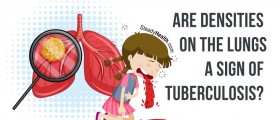
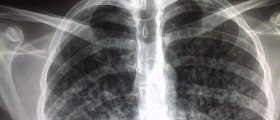
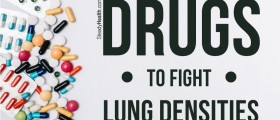


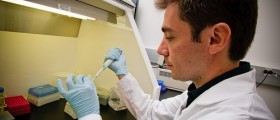
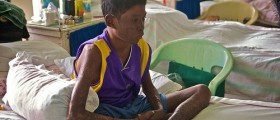

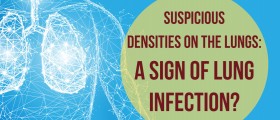
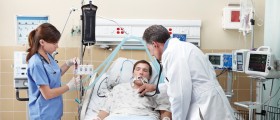

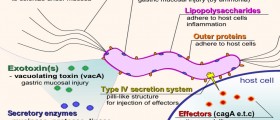



Your thoughts on this
Loading...